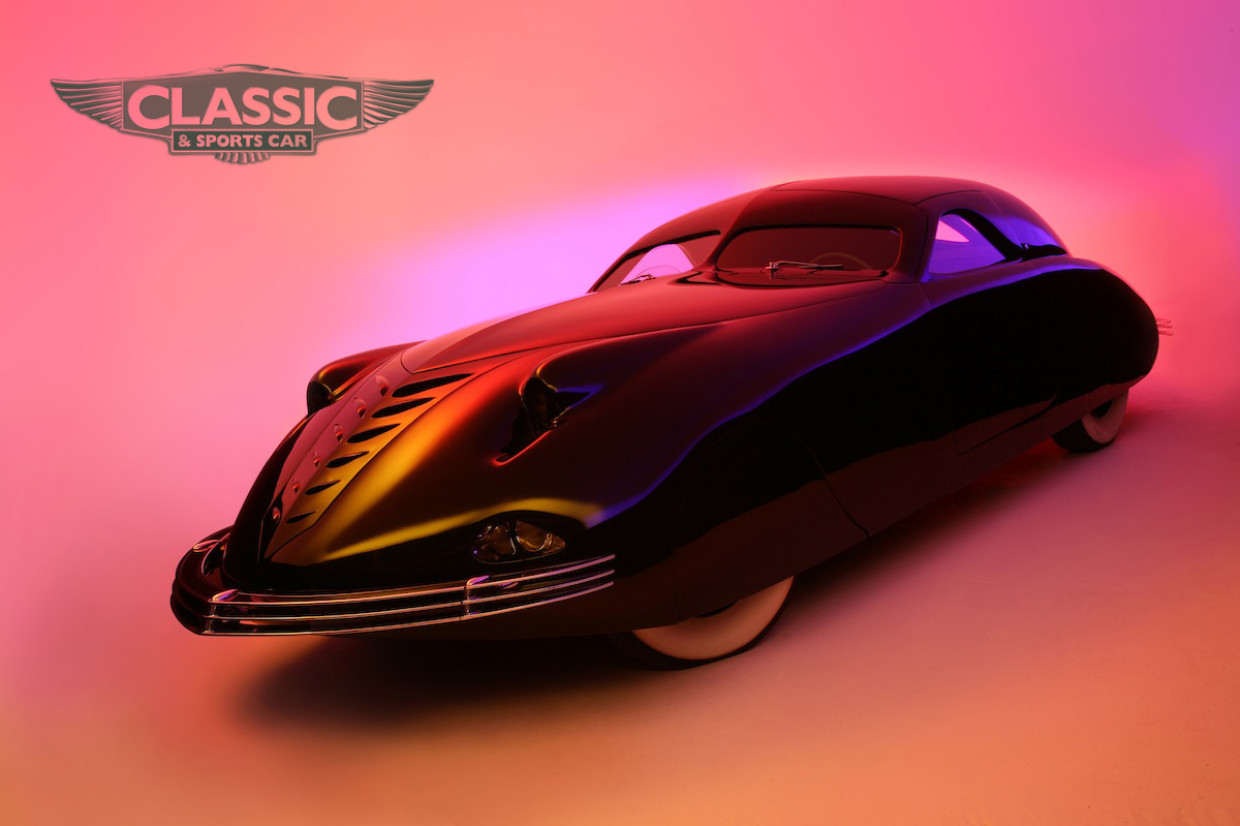
The spirit of tragic millionaire Rust Heinz can be felt through every nuance of his personal dream car, the sensational Phantom Corsair. Mick Walsh exclusively examines the 24-year old’s remarkable legacy with photography by Julian Mackie
The pioneering Heinz dynasty could have inspired Orson Welles, and its sagas of self-made fortunes, divorces, suicides, alcoholism, fatal car and aircraft crashes would have been far more gripping than The Magnificent Ambersons. In American industrial history they were to food what Ford was to automobiles and the Rockefellers to oil.

Adding spice to the tale is the tragic story of Rust Heinz and his fantastic concept car, the Phantom Corsair. Born at the outset of WW1, ‘Rusty’ as he was better known, was the son of HJ Heinz, the Pittsburgh millionaire who made his fortune in canned food.










